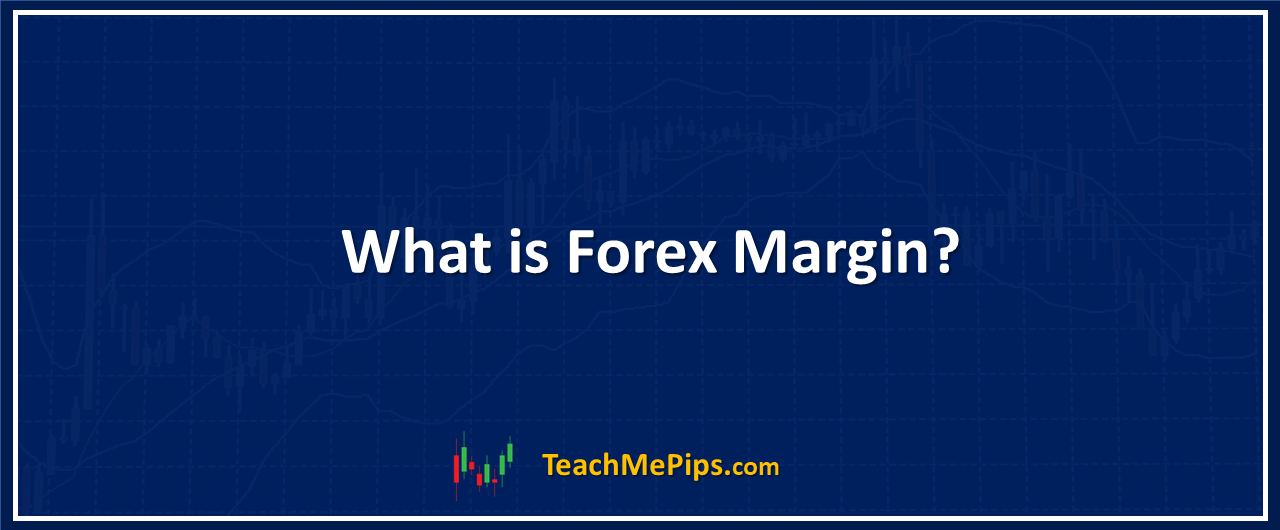Table of Contents:
Understanding the basics: What is Forex Margin?
In forex trading, there are various terms and concepts that every trader should be familiar with. One such concept is the forex margin. Today we will explore “what is forex margin,” its significance, and its role in forex trading. By understanding the forex margin, you can better manage your trades and reduce the risks associated with leveraged positions.
What is the forex margin?
Forex margin is the collateral or deposits a trader requires to open and maintain a leveraged position in the forex market. It is not a fee or transaction cost; it is a portion of your account equity set aside by your broker as security for the leveraged trade. The margin requirement is usually expressed as a percentage of the total trade value, and it can vary depending on the broker, currency pair, and account type.
How does forex margin work?
Forex margin works as collateral that enables traders to open and maintain leveraged positions in the forex market. Leverage allows traders to control a larger position with less capital, increasing their potential returns and minimizing potential losses. Here’s a step-by-step explanation of how the forex margin works:
- Leverage ratio: Brokers offer varying degrees of leverage, expressed as a ratio, such as 50:1, 100:1, or even 500:1. The higher the leverage ratio, the less margin you need to control the same size position.
- Margin requirement: The margin requirement is the percentage of the total trade value a trader must deposit as collateral to open a leveraged position. For example, if a broker offers a leverage of 100:1, the trader must deposit 1% of the total trade value as a margin. So, to trade a standard lot of $100,000, you would need $1,000 as a margin (1% of $100,000).
- Opening a position: When a trader opens a leveraged position, they borrow funds from their broker to control a larger position. The margin they deposit serves as collateral for the borrowed funds.
- Maintenance margin: To keep their positions open, traders must maintain a certain level of equity in their account, called the maintenance margin. It is usually lower than the initial margin requirement and ensures that the trader’s account has enough funds to cover potential losses.
- Margin calls: If a trader’s account equity falls below the maintenance margin level, they may receive a margin call from their broker. This requires the trader to deposit more funds to meet the margin requirement or close some or all of their open positions.
- Closing a position: When a trader closes a leveraged position, the margin they initially deposited is returned to their account, along with any profits or losses that resulted from the trade.

Margin Call and Maintenance Margin
Margin call
A margin call is an event that occurs when the equity in a trader’s account falls below the minimum margin requirement set by the broker. The margin requirement is the amount of collateral (or deposit) a trader needs to maintain open leveraged positions in the forex market. When a margin call happens, the broker may take one or more of the following actions:
- Notify the trader to deposit additional funds into their account to meet the margin requirements.
- Automatically close some or all open positions to reduce the trader’s exposure and return the account to the required margin level.
A margin call warns the trader that their account risks losing more money than they have deposited. It is crucial for traders to monitor their account’s margin level and manage their risk exposure to avoid margin calls.
Margin Maintenace
Maintenance margin is the minimum amount of equity a trader must maintain in their account to keep their open leveraged positions. It is usually expressed as a percentage of the total trade value and is typically lower than the initial margin requirement. The maintenance margin is a buffer to ensure the trader’s account has enough funds to cover potential losses from their open positions.
If a trader’s account equity falls below the maintenance margin level, they may receive a margin call from their broker, requiring them to deposit more funds or close some or all of their open positions. By keeping their account equity above the maintenance margin level, traders can avoid margin calls and better manage their risk exposure in the forex market.
Advantages and risks of forex margin
Using forex margin can offer several advantages, such as opening larger positions with limited capital, potentially amplifying profits. However, it also comes with risks, as leveraging can magnify losses. If a trade goes against you, you could lose more than your initial margin deposit.
To manage these risks, traders often use risk management techniques such as setting stop-loss orders and monitoring their account’s margin level. Choosing a suitable leverage level that aligns with your risk tolerance and trading strategy is also essential.
Bottom line
Understanding the forex margin is crucial for anyone venturing into the market. It allows you to navigate the world of leveraged trading while managing risks effectively. Proper risk management techniques and carefully selecting your leverage can enhance your trading experience and reduce the likelihood of large losses. Always remember to trade responsibly and educate yourself on the various aspects of forex trading before diving in.
